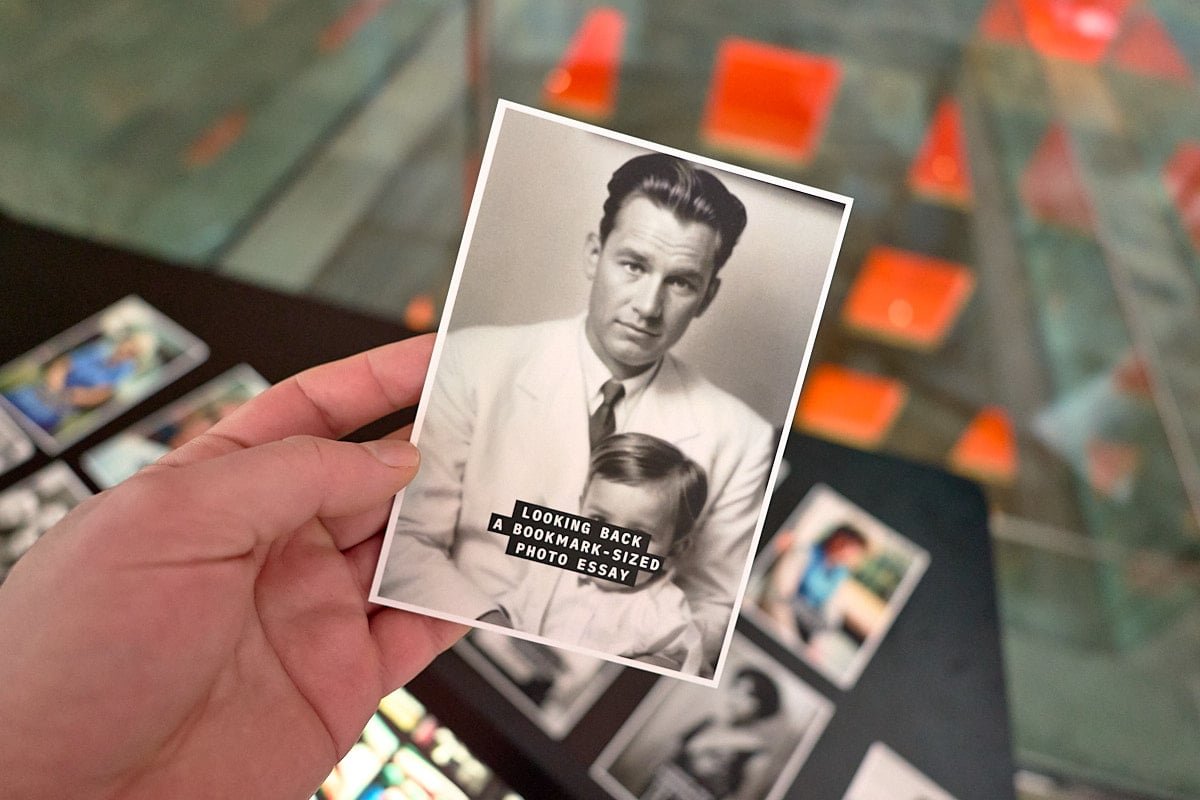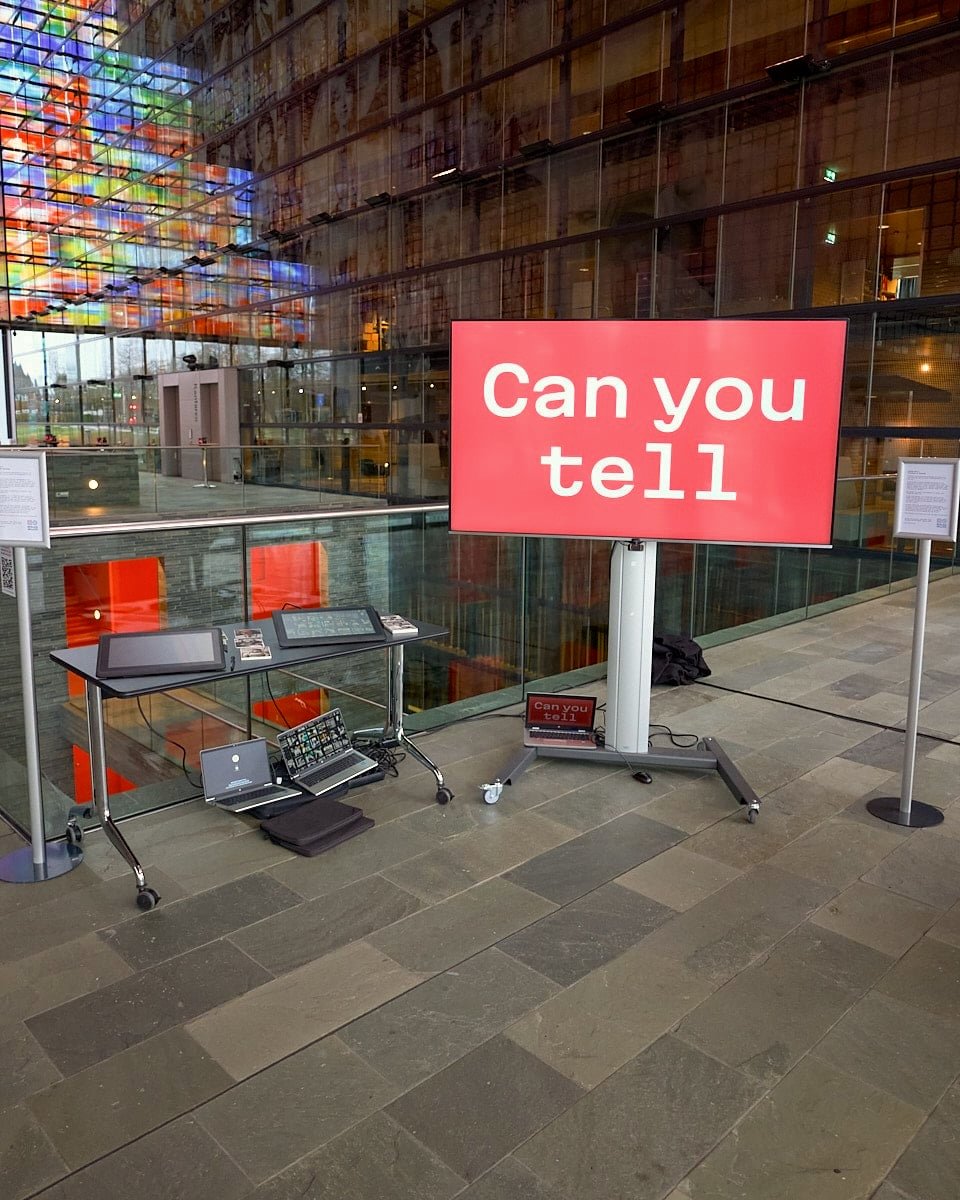Last Friday, 12 January, I presented a talk and showcased a new artwork at the Institute of Sound and Vision during their Public Domain conference. The subject at hand was synthetic photography and its influence on the ontology of the photographic medium.
At its core, my message is that synthetic images come to break the direct link between photography and historical memory. At the same time, to dismiss synthetic photography as a mere simulation of traditional imagery is to greatly oversimplify the matter.
By synthetic photography, I refer to AI-generated images that portray a historical world as though they were captured through the lens of a camera. I propose that synthetic photography isn’t mere fiction. It captures reality, only a different reality from that of traditional photography – it captures the reality contained within its dataset.
But more on this topic will follow in a future article.
Looking Back and Typologies of Delusion
The showcase was comprised of three elements: firstly, a screen installation displayed a sequence of 200 synthetic images produced using the ‘LoRA Polygoon’, alongside a series of five ‘fine-tuners’ for Stable Diffusion XL informed by datasets derived from Polygoon Journaal Newsreels. Face detection technology was employed – the sequence halted whenever a viewer drew near, inviting detailed contemplation of the images.
The second component featured the “Typologies of Delusion” series presented in tablet form. More than five thousand images were meticulously arranged in a visual mosaic, designed for viewers to discern the capabilities of our LoRA Polygoon in spawning humans from the past. With the simplest of prompts, formed from single nouns and descriptors, we aimed to visually articulate the true imaginative powers of these models.
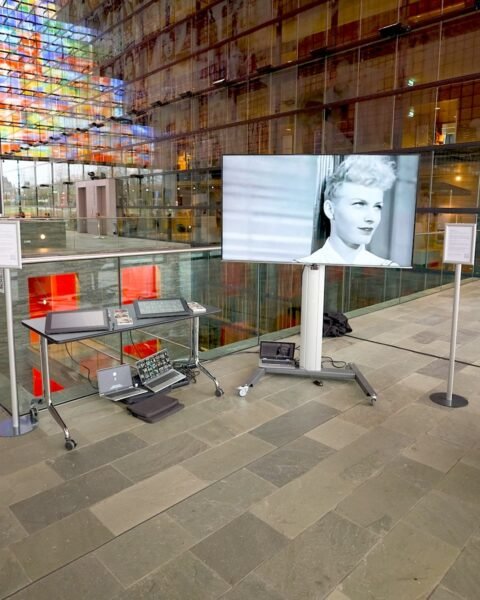
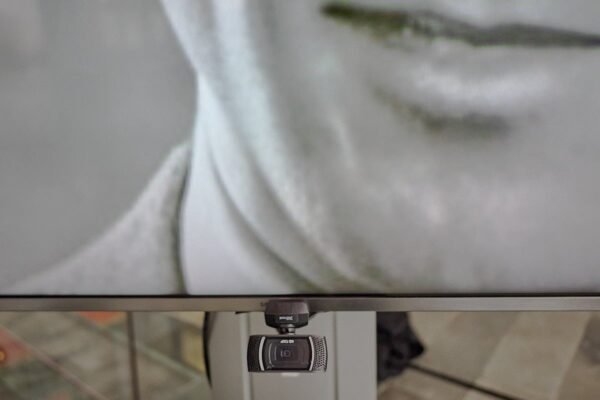
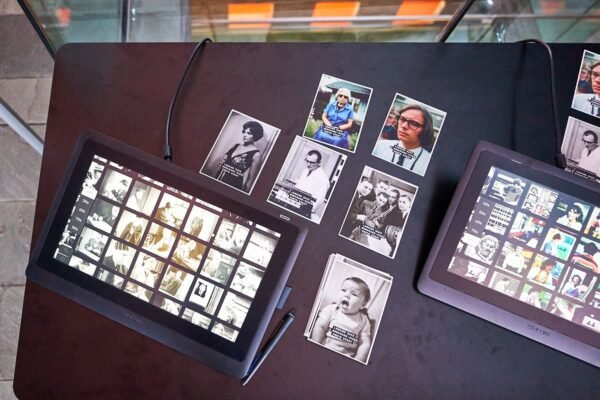
Lastly, I wrote a “Bookmark-Sized Photo Essay,” weaving speculations about the future of photography and how synthetic and organic realities might intertwine within human memories. This essay is accessible in a separate post.
Below, I transcribe the curatorial text that I crafted for this modest exhibition:
On Synthetic Imagination (Exhibition text)
Traditional and AI-generated photography are merging to a point where they may soon become indistinguishable to the human eye.
It can be easy to dismiss synthetic photography as mere fabrication, but doing so overlooks its ability to reveal a different kind of truth. Unlike traditional photography, which captures a moment that once was, synthetic photography sheds light on a reality captured by a thousand images put together in the form of a dataset.
Both mediums are visual interpretations of reality, each through its unique lens.
To make this tangible, we’ve trained five models with the Polygoon Journaal Newsreel, we call them the LoRA Polygoon series, and used them to spawn over five thousand images. This work offers a glimpse into the aesthetic essence distilled from this archive.
On Public Domain Day, we ponder synthetic photography’s incursion into the domain of traditional photography. How will it reshape our future connection to the past? And what role should heritage institutions play while we witness an increasingly blurred line between fact and fiction?
What realities will we perceive in the old images of tomorrow?
Concept and direction: Pablo Núñez Palma
UX design and development: Ignacio Rojas
